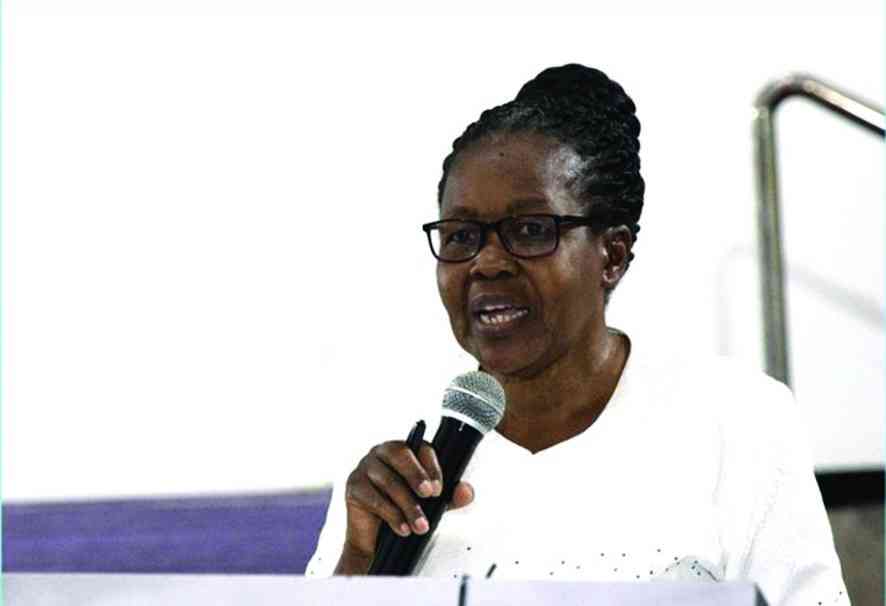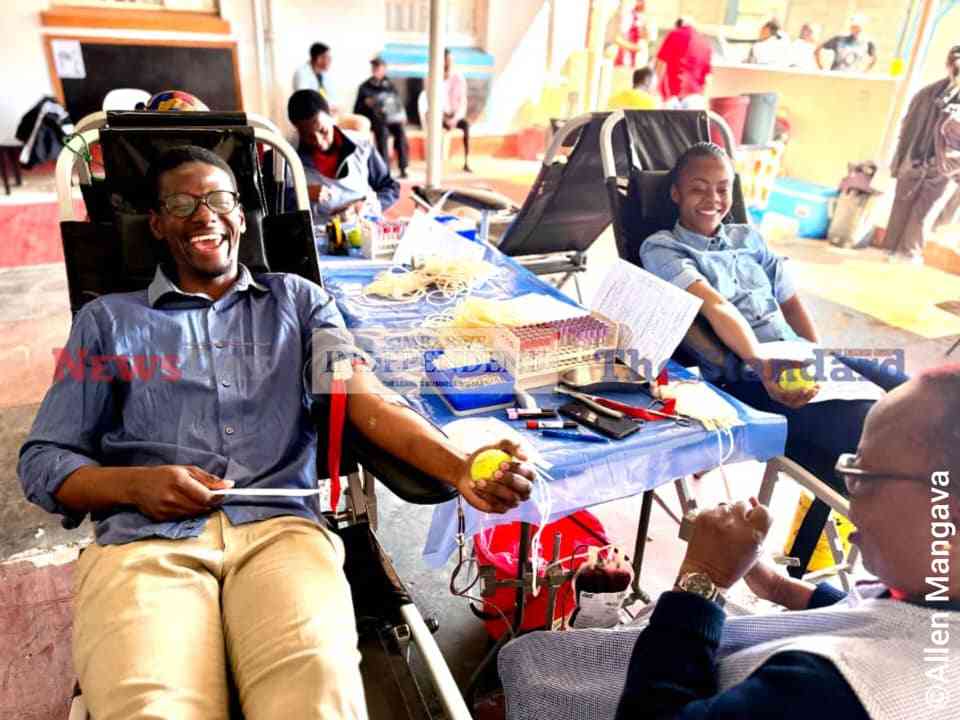A Guide To The Most Popular Dances Of The 1950s
As you flip through old family albums, you may be wondering what it was like to live through certain decades. The ‘50s was a particularly exciting time marked by the height of rock n’ roll, juke joints, and swing skirts.
While picture restoration and music can help you imagine what life was like in the ‘50s, you can bring it a step further by learning the decade’s most celebrated dances. Read on to learn everything you need to know about the most iconic old-style dance moves from the 1950s!
The Most Iconic Old-Style Dance Moves From The 1950sWith rock n’ roll as the most popular genre in the ‘50s, popular dance styles mirrored the explosive energy and fast-paced beats from the decade’s hit songs. The rock-and-roll dance styles embraced freestyling and group dances, encouraging crowds to move with confidence and spunk.
Here are some of the most iconic old-style dance moves that will remind you why the ‘50s rocked!
The Boogie WoogieNothing screams energy quite like the Boogie Woogie! This ‘50s dance style was a mix of fancy footwork, stomping, jumping, and fast swinging with a partner. Although it was considered a popular social dance, some people would perform the Boogie Woogie in professional competitions and often incorporated impressive aerobic moves into their routines.
The BopInspired by the era of rock n’ roll, the Bop is a double-rhythm swing dance that involves very little contact between partners. People could groove solo and freely move to hit songs from the ‘50s like “Dance to the Bop”.
The TwistKeep Reading
- Chamisa under fire over US$120K donation
- Mavhunga puts DeMbare into Chibuku quarterfinals
- Pension funds bet on Cabora Bassa oilfields
- Councils defy govt fire tender directive
The Twist was a sensation in the ‘50s, bringing both the older and younger generations together through dance. At the time, rock n’ roll and social dancing among teens were considered rebellious and controversial to older folks. But when the Twist emerged in the world of dance, the simple movement of twisting their hips side to side appealed to the older generation.
The StrollBoys and girls enthusiastically gathered around the dance floor to perform the Stroll in the ‘50s. It involved forming two lines – one for the girls and one for the boys, with a space in between them that served as a runway. Couples would take turns in slowly doing back-and-forth side steps along the aisle while holding hands.
The Hand JiveRumor has it that the Hand Jive originated from an overcrowded coffee bar where people had to dance while seated, as there wasn’t enough space to move around. This lively ‘50s dance involved thigh slaps, crisscrossed hands, vertical fists, and the thumbs-up sign all done in two counts each.
The Cha-ChaNeed to loosen up? Try doing the Cha-Cha! This sultry dance was all about creating smooth, quick hip movements. Although it originated in Cuba, the Cha-Cha gained massive popularity in America around the late 1950s because it was so easy and fun to learn. It follows a “one-two, cha-cha-cha” rhythm, which is two slow steps and three fast steps.
The JitterbugAlso known as the Lindy Hop, the Jitterbug, originated in African-American communities and became a dance craze at a club where racial segregation wasn’t practiced. The Jitterbug was a swing dance that involved partners rocking side to side and taking alternate steps forward and backward.
The Madison Line DanceThe Madison is a choreographed dance that involves a group of people doing step touches, claps, finger snaps, and side steps in several parallel lines. Typically, the moves would vary depending on the region since the locals enjoyed adding their unique style to this dance.
The Bunny HopSimilar to the Madison, the Bunny Hop was a fun group dance, usually performed in either parallel lines or one big circle. The Bunny Hop was done by doing two step-touches to the left, two step-touches to the right, one hop forward, one hop backward, and three hops forward.
Relive ‘50s Dance MovesThe best dance crazes from the 1950s have remained classics thanks to how easy and enjoyable they are. By trying out these simple dance moves, you can take on the free-spirited attitude of the ‘50s and even connect with how the older generations grooved to the music of their time.





